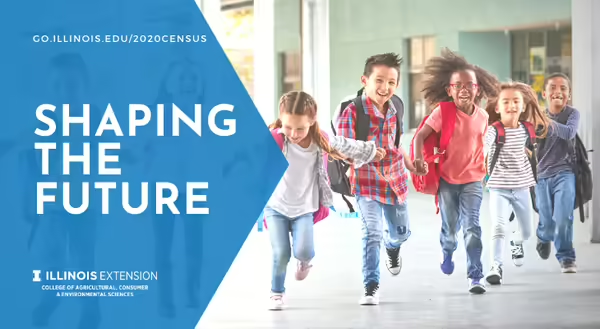
The 2020 Census Shapes the Future for Our Youth
The Census count serves as the basis for distributing federal assistance to schools, educational institutions, and agencies that support youth development. Programs that depend on census data include: The Supplemental Nutrition Assistance Program (SNAP), the Children’s Health Insurance Program (CHIP), the National School Lunch Program (NSLP), Head Start, Title 1 Aid that supports schools with large concentrations of low-income students, and special education grants to states. Additionally, an accurate Census count also impacts youth in other ways as it helps the community determine the need for new schools, libraries, and childcare facilities. Finally, the federal Pell Grant program, which provides need-based federal financial aid for older youth attending college, uses census data to determine allocation.
These programs are critical for our youth and ensuring that we have an accurate Census count means that Illinois youth will get their fair share of support. According to a research study conducted by Dr. Jennifer Kusma of the Ann & Robert H. Lurie Children’s Hospital of Chicago, roughly 35,000 children in Illinois were missed in the 2010 Census. Illinois lost out on $1,000 per child per year in federal funding, which means the 2010 undercount of children in Illinois costs the state $35 million per year, or $350 million total, in missed funds.
It is not too late to complete the 2020 Census. It only takes a few minutes to shape the future.
The content for this post was contributed by Susan Odum and Zach Kennedy, Extension Specialists in Community and Economic Development.
This project is funded by the Illinois Department of Human Services in partnership with the Illinois Department of Agriculture.